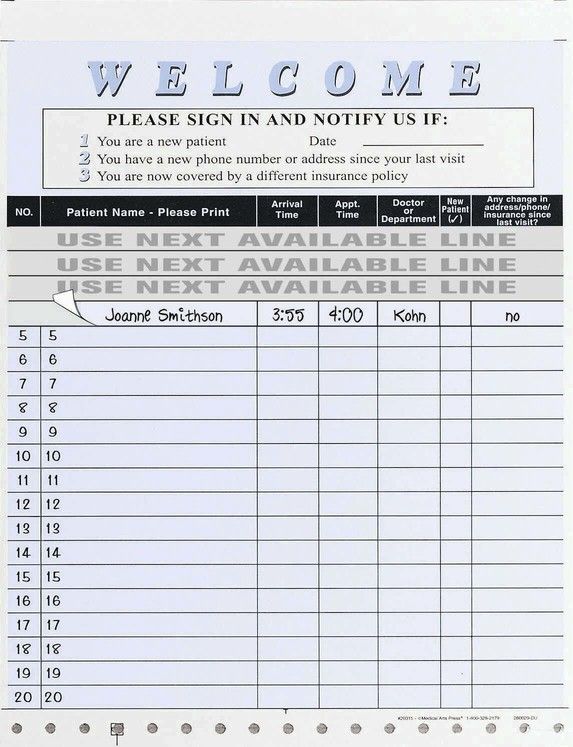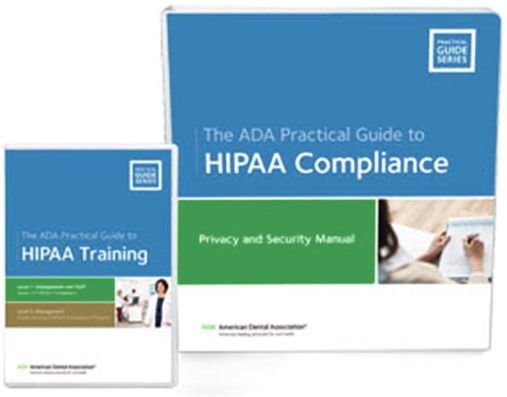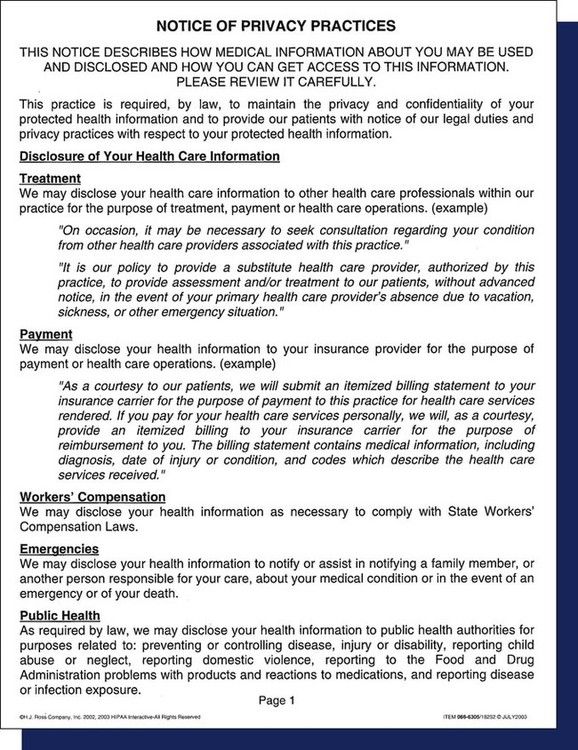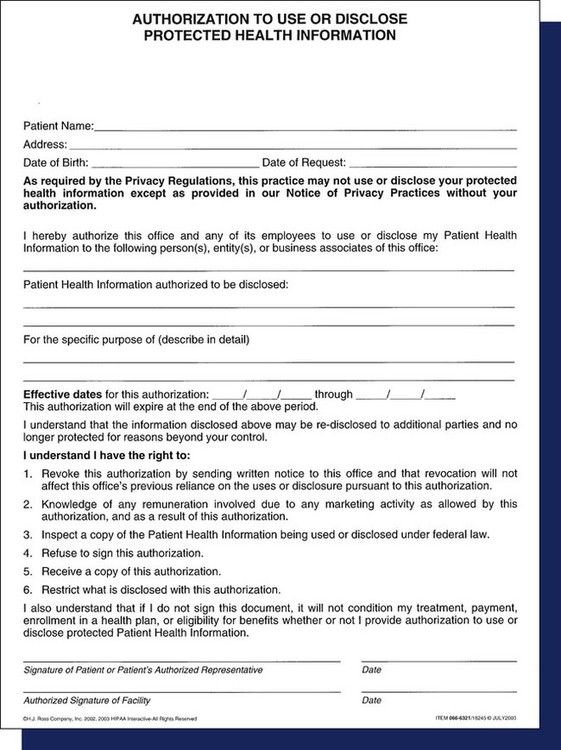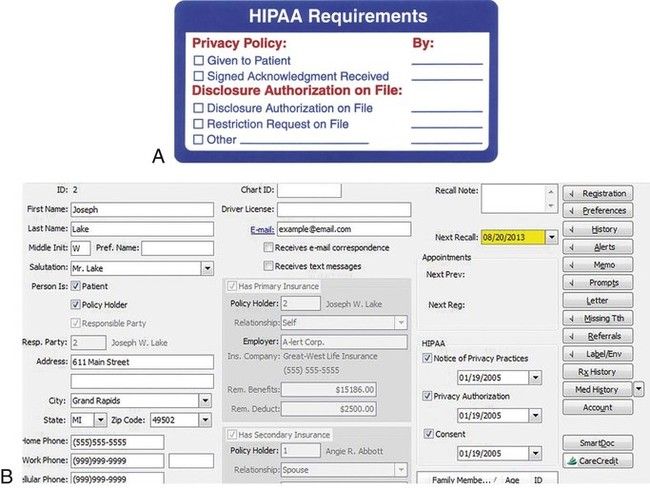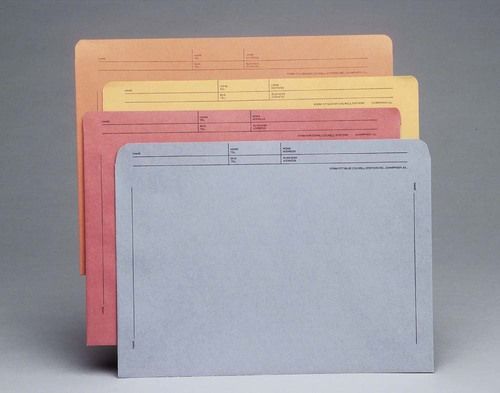Categories of Records
The administrative assistant must be able to decide which records to keep, how to organize and store them, how long they legally must be retained, and when to dispose of them. In general, records can be categorized as vital, important, useful, or nonessential and as active or inactive.
Vital Records
Vital records are essential documents that cannot be replaced. These include patients’ clinical and financial records and the office’s corporate charter and deed, mortgage, or bill of sale. These records should be kept in a fireproof, theft-proof cabinet or safe, and copies of financial records and legal papers are often kept in a protected offsite location.
Important Records
Important records are extremely valuable to the operation of the office, but they are not vital. They include accounts payable and receivable, invoices, canceled checks, inventory and payroll records, and other federal regulatory records. Such records may be needed for a tax audit or if a question arises about a financial transaction. Important records generally should be retained for 5 to 7 years. Most offices keep them for about 7 years or in accordance with federal or state regulations.
Useful Records
Useful records include employment applications, expired insurance policies, petty cash vouchers, bank reconciliations, and general correspondence. This category is difficult to define, because one office may consider a document useful, whereas another might find it indispensable. These records are usually retained for 1 to 3 years. Before discarding a document, it is always wise to check with the dentist or other staff members to see if it is still needed.
Nonessential Records
Nonessential records have little importance or only have value for a limited amount of time. Examples include notes about a completed task, meeting reminders, outdated announcements, and pamphlets or flyers that are no longer in use. Common sense dictates when these materials may be discarded.
Health Insurance Portability and Accountability Act
The Health Insurance Portability and Accountability Act of 1996 (HIPAA), which became effective in dentistry in April 2003, has affected the business functions of the dental office in a number of ways. HIPAA laws may seem daunting at first; however, their purpose is to protect and enhance patient rights, and everyone is a patient at one time or another.
The HIPAA Privacy and Security Rules mandate federal protection for individually identifiable health information and give patients certain rights with regard to that information. Dental practices that conduct electronic transactions (e.g., claim submission, predetermination, requests for eligibility or benefit information) must comply with the federal requirements. In addition, the dental offices are required to have a business association agreement with any other company or entity with which they electronically exchange this information, such as a benefit carrier or clearinghouse.
HIPAA defines protected health information (PHI) as anything that ties a patient’s name or Social Security number to that person’s health, healthcare, or payment for healthcare, such as radiographs, charts, or invoices. Ensuring the privacy and security of PHI is a legal imperative, but it also protects everyone on the dental team, not just the patient. Overall, the issue of privacy is extremely important for all patient records, both paper and electronic. It is also good risk management, because it helps each dental professional to prevent potential litigation. Each person on the dental team should become familiar with state and federal privacy legislation, because individual states may have additional or more detailed requirements.
A privacy issue that affects many dental offices is the use of a sign-in sheet for patients to indicate that they have arrived for their appointment. Patient privacy must be protected, so the administrative assistant must make sure that any names on the sheet are not viewable by others. Crossing a name off of a list usually does not obliterate it completely, so tear-off labels such as those shown in Figure 7-2 are commonly used. As soon as the patient signs in, the label can be immediately removed. Other options could include a digital or computerized sign-in process.
The Administrative Simplification provisions of HIPAA require national standards for electronic healthcare transactions. All dentists who transmit or accept patients’ healthcare information electronically must use these standard formats. They must also apply for and use a National Provider Identifier (NPI) in all e-transactions. Dental practices that do not have software or transmission capabilities that are compliant with the standards are able to send their data to a healthcare clearinghouse. The clearinghouse verifies the accuracy of the information, “translates” it into the legally required formats, and then transmits it to the benefit carrier or other target entity. Paper transactions are not subject to HIPAA’s Administrative Simplification Statute and Rules. The most affected area in the dental office is the area of transmission of dental claim forms, which is reviewed in Chapter 14.
The American Dental Association (ADA) and most state dental associations have done an excellent job of providing members with the necessary tools for the implementation of HIPAA. The ADA and state dental associations as well as many dental office stationers provide a HIPAA Security Tool Kit such as the one shown in Figure 7-3. This kit contains most of the forms needed for privacy practices, including the following:
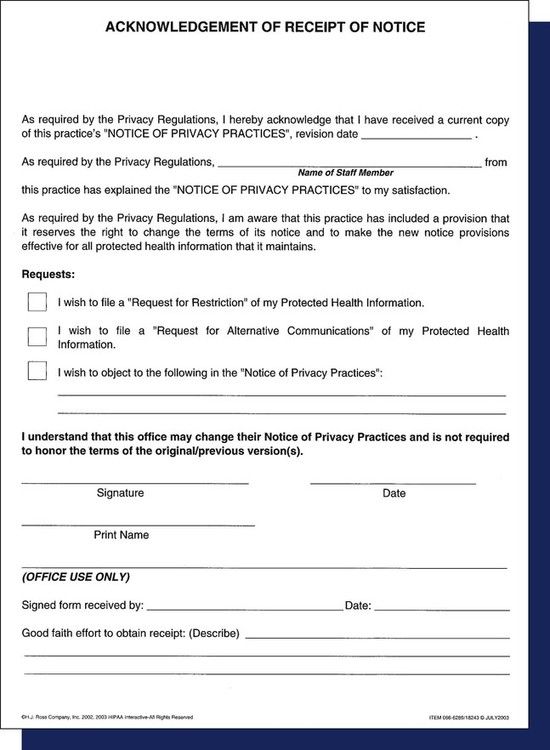
Other forms, such as the Health Information Access-Response/Delay, Complaint, and Staff Review of Policies and Procedures forms, are available in the ADA manual or from the state dental society. To ensure that records are maintained for patients, a preprinted chart label can provide information about important HIPAA information for paper patient files (Figure 7-7, A and B) or notations made in the patient computerized record.
Clinical Records
Patient records generally fall into two categories: clinical and financial. Clinical records are reviewed in this chapter, and financial records are discussed in Chapter 15. A recall system can be considered a type of clinical record, but it is maintained separately; see Chapter 12 for a discussion of this system.
The clinical record is a collection of all of the information about a patient’s dental treatment. In many practices, the clinical record is referred to as the patient’s chart; these terms are often interchangeable. Although each patient’s clinical record is used during dental treatment, updating and maintaining this record is the administrative assistant’s responsibility. The successful maintenance of clinical records requires cooperation and efficiency from each member of the dental office team.
Accurate clinical records are vital for several reasons:
Components of a Clinical Record
A patient’s clinical record commonly includes the following:
Bulkier materials such as diagnostic models are generally stored in an area other than the business office. A cross-reference in the patient record makes these materials easier to locate.
Although the dentist chooses the components and mode of the clinical record, staff members’ input is valuable to ensure that all of the information needed to manage the business systems is collected accurately and efficiently. Most offices use computerized systems for at least part of the administration process, but they may keep paper documents for some data. The practicality and need for paper documents continues to decline as the capability and scope of dental software provide secure, user-friendly functions and storage for all types of clinical records.
Electronic Health Records
Legislation and mandates from the federal government are key drivers of the movement for all healthcare providers to use electronic health records (EHRs) in a universally standardized format. The ultimate goal of the EHR system is to enable the sharing of health information among authorized providers across multiple healthcare settings. Under this system, healthcare providers would be required to use certified healthcare record technology that has been approved by specifically designated federal agencies as using compliant systems, standards, and interfaces that work together to create, manage, store, and share information. Although the terms electronic medical records (EMR) and electronic dental records (EDR) are also used, EHR is generally used to indicate certified technology systems.
Patient File Envelope or Folder for Paper Records
Most dental practices use an  × 11-inch file envelope or folder to contain clinical paper documents. Records of treatment for transient or one-time patients may be kept together in one folder or file location. File envelopes may be plain or color-coded. They are supplied in a preprinted format with spaces for patient information, including the patient’s name, address, and telephone number (Figure 7-8). This type of envelope is widely used, and it satisfies the needs of many practices.
× 11-inch file envelope or folder to contain clinical paper documents. Records of treatment for transient or one-time patients may be kept together in one folder or file location. File envelopes may be plain or color-coded. They are supplied in a preprinted format with spaces for patient information, including the patient’s name, address, and telephone number (Figure 7-8). This type of envelope is widely used, and it satisfies the needs of many practices.
Another very common type of storage for paper records is an end-tab file folder with one or two two-hole fasteners (Figure 7-9). This type of folder requires the use of vertical-style records. The folders generally have a reinforced tab for easy label placement. They are also precut for the quick insertion of a two-hole file fastener. Options include folders with pockets and diagonal cuts, expandable folders, and polyvinyl pockets to hold small materials such as radiographs and CDs.
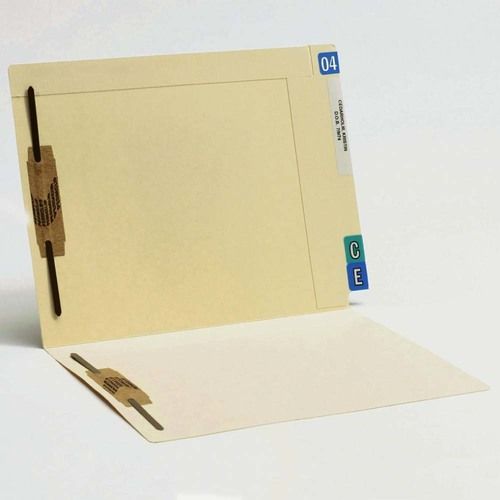
Whether folders or envelopes are used, some form of color-coding is necessary to make sorting, storing, and retrieval easier. Color-coding can be done as an alphabetical system, or, in a group practice, it can be used to categorize by dentist. In addition to a label with the patient’s name, either an alpha or numeric label system can be used to sort the records. Year aging labels can be used to identify inactive patient records that may need to be purged from the active storage system.
Patient Registration and Health History Forms
Although they are often combined, these two forms contain two different types of data. The information gathered on these forms should be retained in the patient’s paper file or by scanning the completed form into a computer. Generic paper forms are available from dental forms suppliers. Custom forms can be designed by most companies at an additional cost to address the special needs of a specific office. Electronic versions of these forms are also available.
Some forms address privacy issues with questions such as, “May we leave a message on your answering machine at the phone number you have given?” or “May we contact you at a cell phone number or text message you?” Most supply companies provide patient forms in English and Spanish versions for use in various areas of the country. Many offices with Spanish-speaking patients have both versions available.
The patient registration form contains general information such as addresses, telephone numbers, and e-mail address as well as employment and insurance information (Figure 7-10
Stay updated, free dental videos. Join our Telegram channel

VIDEdental - Online dental courses


 Practice Note
Practice Note Practice Note
Practice Note